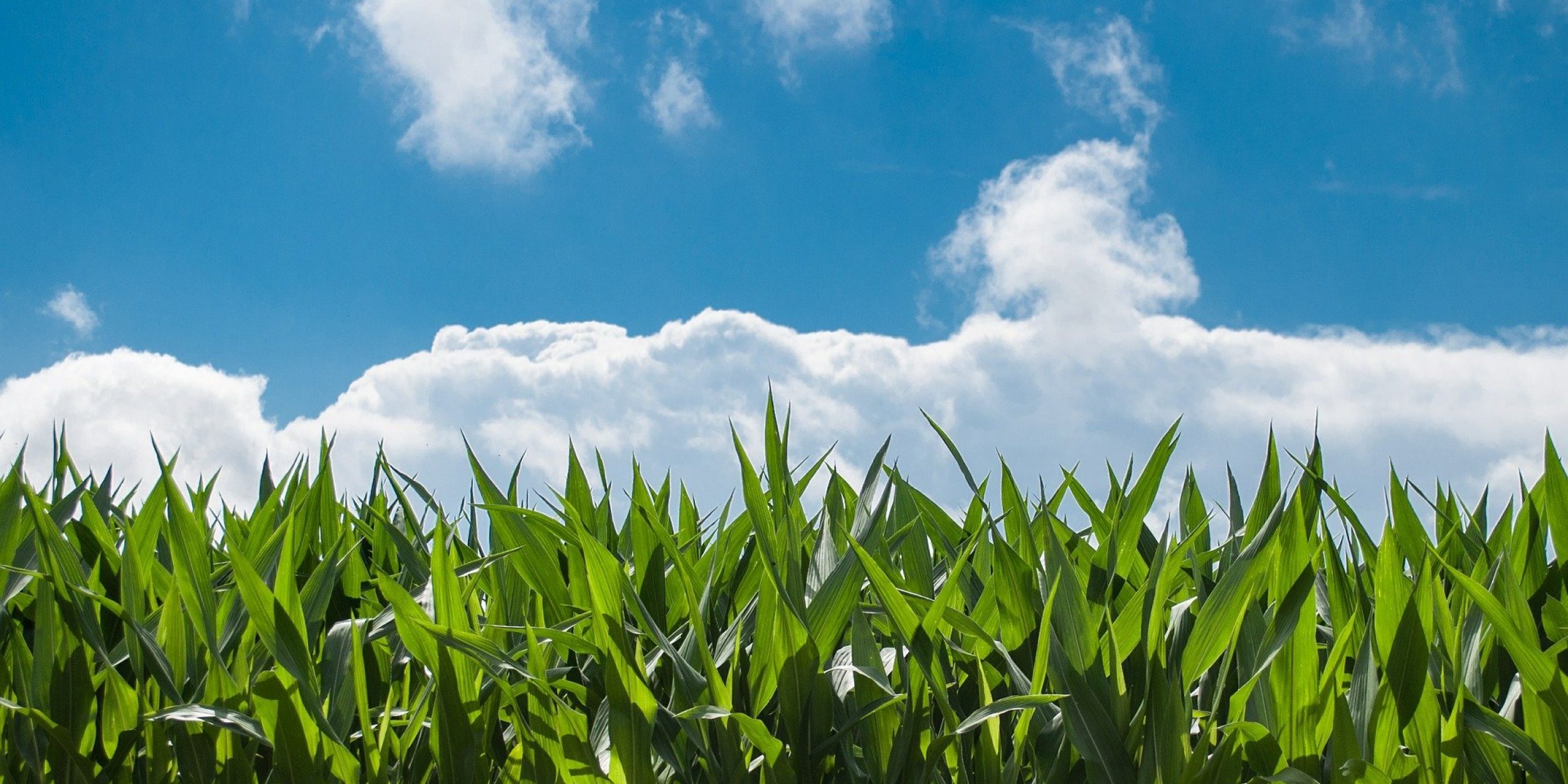Ozone uptake by plants can damage crop health, degrade ecosystems, and impacts local-to-global carbon and water cycling. Researchers, supported in part by CPO’s Atmospheric Chemistry, Carbon Cycle, & Climate (AC4) program, proposed that cumulative stomatal uptake of ozone (CUO) is a superior metric for ozone plant damage compared with ambient ozone concentrations. CUO indicates the amount of ozone entering the leaf over time available to cause physiological damage. The study uses simulations from the NOAA GFDL global earth system model, in 20-year time slices, to capture interannual variations and 21st century changes in surface ozone versus stomatal conductance for regional mean CUO at the 2019s and 2090s for a high-warming climate and emissions scenario. Overall, interannual and daily variability in stomatal conductance drives CUO response more than ozone. The findings, published in Environmental Review Letters, emphasize the importance of considering plant physiology in assessing ozone vegetation damage.
Plant Physiology Plays Major Role in Ozone Uptake











